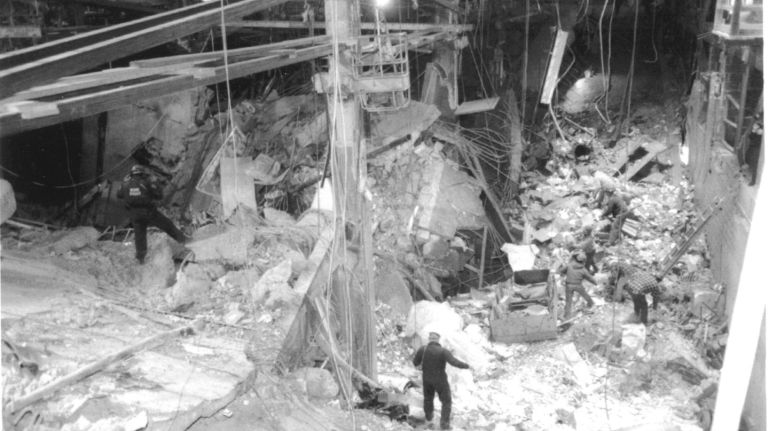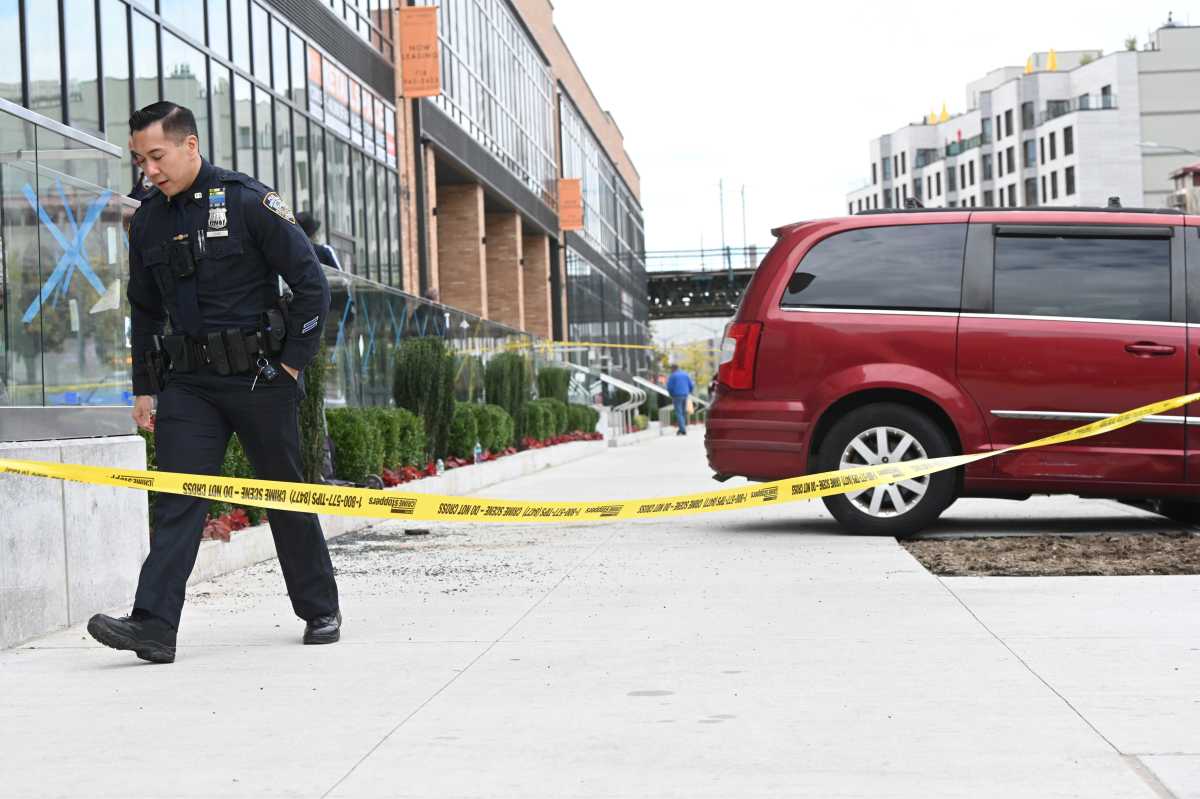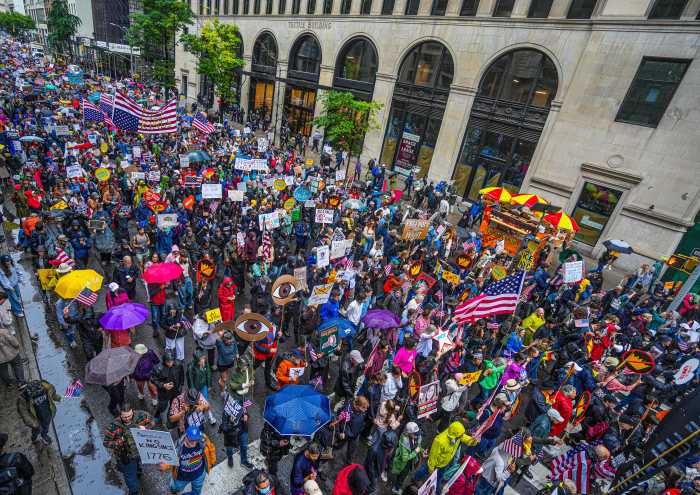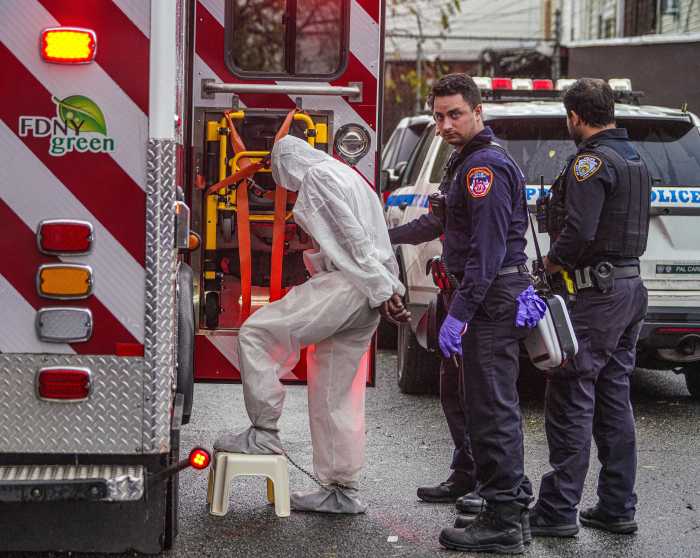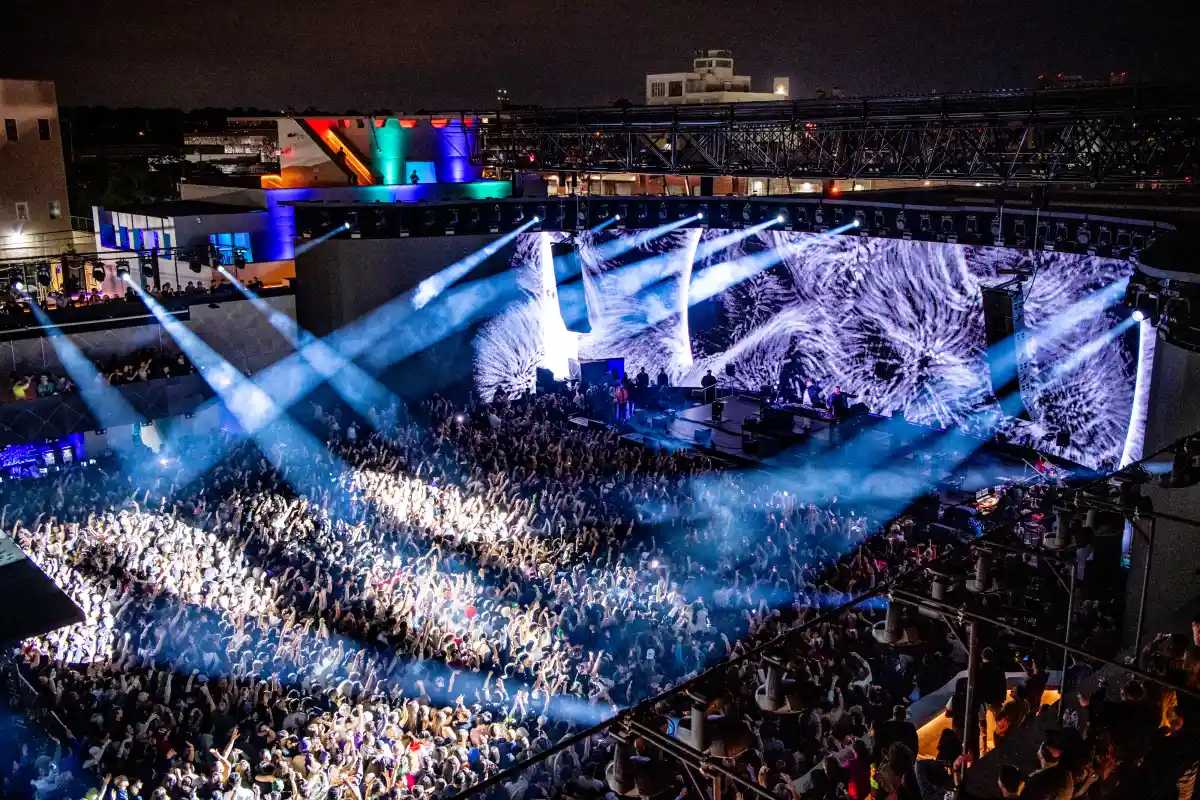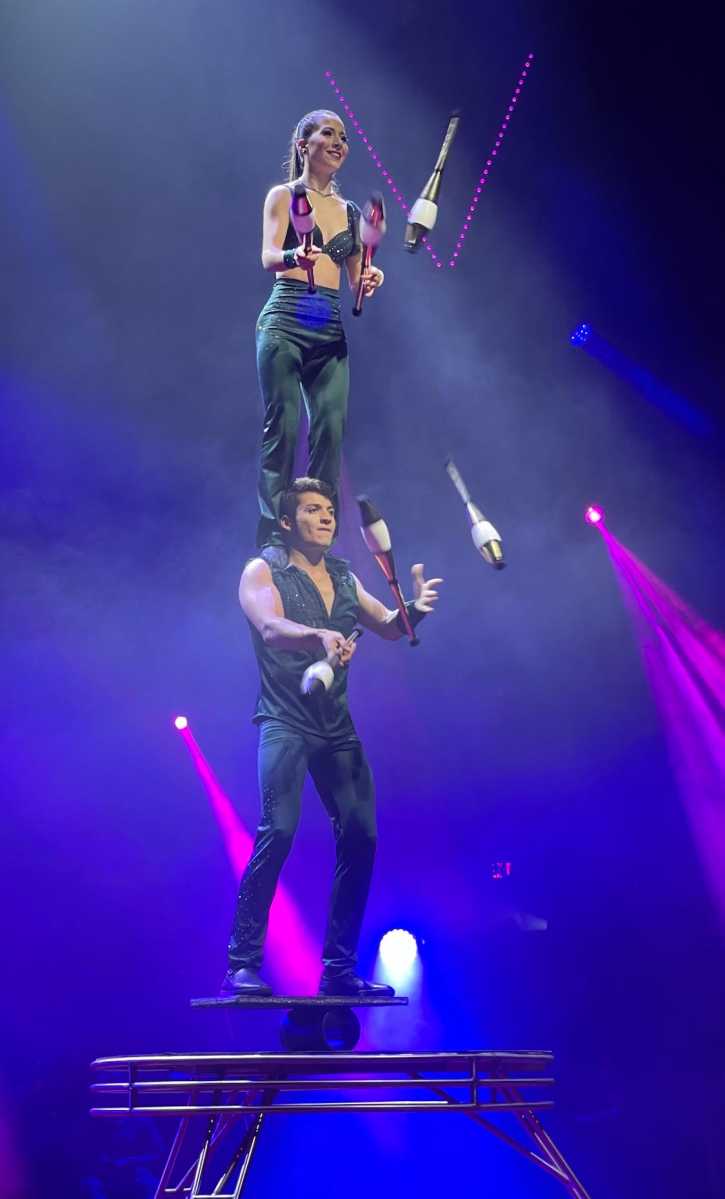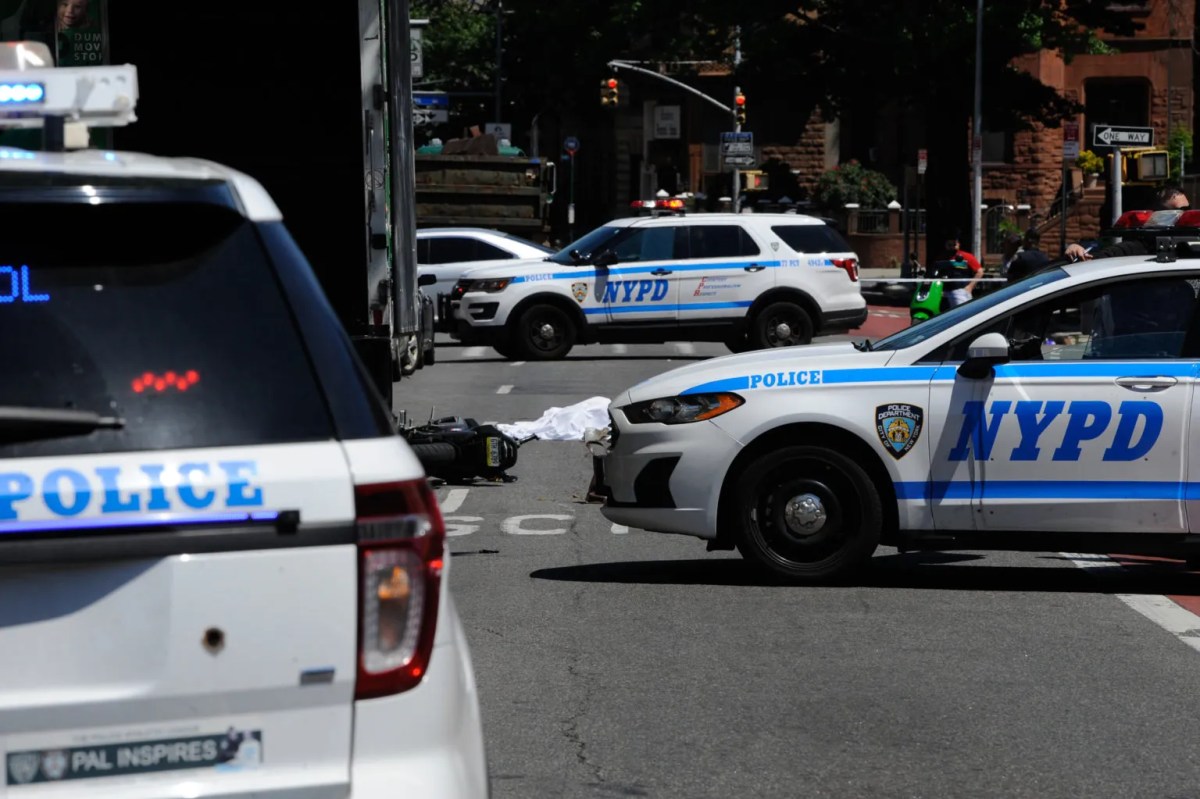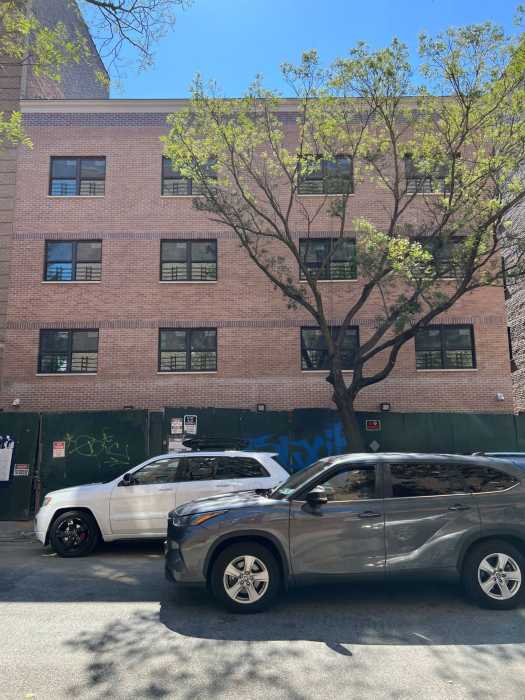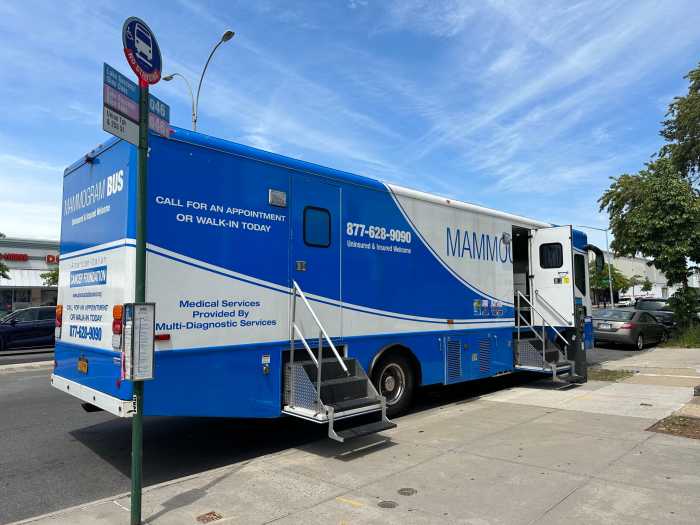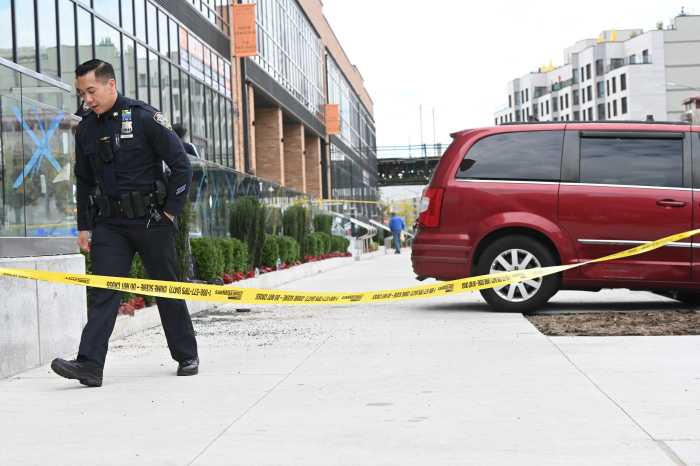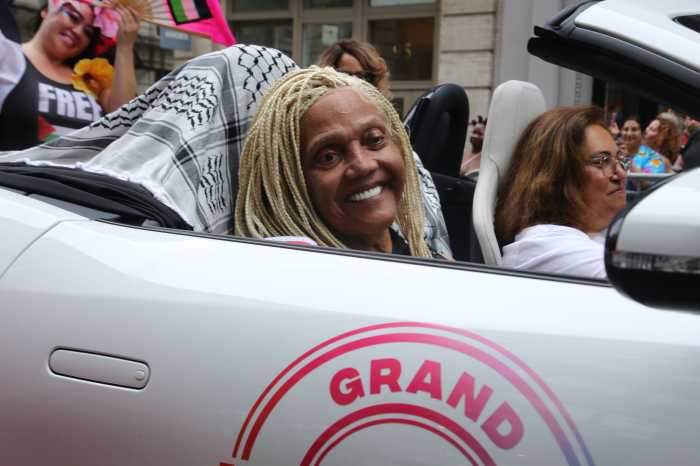
Tuesday marks the 26th anniversary of the 1993 World Trade Center bombing that killed six people, injured more than 1,000 and shifted America’s understanding of international terrorism.
On Feb. 26, 1993, the World Trade Center was rocked when a van loaded with explosives detonated inside a parking garage under the north tower.
The bombing, which left a crater in the ground that was nearly 150 feet wide and three stories deep, sent shock waves through the city and the country.
To commemorate the anniversary, the families of the six people who were killed will gather Tuesday with survivors of the attack in the 9/11 Memorial Plaza to read the names of those who perished.
Read on for more on the victims, the aftermath, the men who carried out the attack and how the bombing shaped New York City.
Attack
At 12:18 p.m. on Friday, Feb. 26, 1993, 1,200 pounds of explosives were detonated inside a van parked in the B2 level garage of the World Trade Center’s north tower.
The explosion, located under the Vista Hotel, crumbled three concrete slab floors of the north tower, shook the upper floors of the two 110-story buildings and filled them with thick, black smoke.
When the dust settled, six people were dead and more than 1,000 were injured.
It was the first time in the city’s recorded history that a 16-alarm response had been triggered by the FDNY.
First responders from the FDNY, EMS, NYPD and Port Authority police, as well as 130 fire engines and 57 pumpers, swarmed the scene within minutes. Rescue efforts began as an estimated 40,000 workers and visitors evacuated both towers through smoke-clogged stairwells.
The blast had caused both the primary and backup power systems to fail, plunging both towers into intermittent darkness. Elevators stalled, and the speaker system was knocked out, hampering communication and evacuation efforts, which ultimately took hours. First responders had to walk up dozens of flights of stairs to rescue stranded office workers and visitors.
Stories of everyday New Yorkers spurred into acts of heroism permeated the news.
By 8:30 p.m., police had logged 23,000 emergency calls — double what the department usually received on an average Friday at the time.
The explosion was initially thought to be related to a malfunction in transformer equipment, but it was quickly determined to be explosives once investigators realized the massive size of the crater left behind. Debris from the B2 level, where the bomb went off, fell three stories to the mezzanine and PATH station.
Victims
John DiGiovanni, Robert Kirkpatrick, Stephen Knapp, William Macko, Wilfredo Mercado and Monica Rodriguez Smith, who was pregnant, were killed in the bombing.
Initial reports listed five people dead and two people missing, but it was later determined that one of the men who was unaccounted for had gone home after evacuating and the other man, Mercado, was believed to be dead but buried under debris at the explosion site.
DiGiovanni, 45, was a dental supply salesman with Kerr Manufacturing Co. He was the only visitor at the World Trade Center to be killed in the explosion.
Mercado, 37, worked for International Hilton Co. as a purchasing agent for Windows on the World. His body was not recovered until March 15 — 17 days after the blast.
The other victims were employees of the Port Authority of New York and New Jersey, which owned and operated the World Trade Center complex.
Kirkpatrick, 61, was a senior structural maintenance supervisor at the World Trade Center. Knapp, 47, was a chief mechanical supervisor. Macko, 57, was an assistant chief mechanical supervisor. Smith, 35, was the mechanical unit secretary.
Smith’s husband, Edward Smith, read a statement during the sentencing phase of the trial against the men behind the bombing, describing how he and his wife were happily anticipating the birth of their son.
Aftermath
As the investigation into the cause of the explosion began in earnest, firsthand accounts from survivors poured in: schoolchildren visiting the World Trade Center on a field trip who were trapped in an elevator; wheelchair-bound workers who were carried down dozens of flights of stairs by selfless co-workers; volunteer firefighters who just happened to be nearby when the bomb went off and rushed in to help first responders; a pregnant woman and five other people who were rescued from the observation deck of the south tower by a helicopter.
Then-Mayor David Dinkins was in Japan that day. He opted to remain there for another day so that he could be briefed on the investigation rather than being unreachable on a 14-hour flight.
Security was immediately tightened at all three area airports as well as landmarks around the city and across the country while then-President Bill Clinton placed phone calls to Dinkins and Gov. Mario Cuomo in Albany.
Anonymous, unfounded bomb threats at the Empire State Building, the United Nations building, Penn Station and LaGuardia and Kennedy airports complicated security efforts as city officials grappled with trying to make New Yorkers feel safe.
Meanwhile, business at the World Trade Center had come to a screeching halt. The bombing disrupted hundreds of businesses, from banks to retail and hotels.
Cleanup efforts began the day after the bombing and lasted for several months. Crews worked nearly around the clock to clear debris and repair structural damage.
The south tower reopened first, on March 18, 1993, while the north tower remained closed until April 1. The cost to repair both towers was estimated at $250 million, according to the National September 11 Memorial & Museum.
Investigation
The Federal Bureau of Investigation quickly took over the investigation from the Port Authority police and closed off the site from the public.
Two days later, James Fox, director of the FBI’s New York office, said nitrates were found in air samples and confirmed it was a bombing. Then-NYPD Commissioner Raymond Kelly said police had fielded more than 40 callers claiming responsibility for the attack.
Investigators scoured through surveillance tapes, parking stubs and witness accounts while the Port Authority offered a $100,000 reward for information that led to an arrest.
On March 3, 1993, a Ryder rental van that was believed to have been hiding the explosives was pulled from the wreckage and traced back to a store in Jersey City, New Jersey, which had reported it stolen a day prior to the blast.
One day later, on March 4, Mohammed Salameh was arrested at the Ryder agency in Jersey City when he tried to claim a $400 deposit on the van. Investigators said other suspects were still being sought.
Trials
Six men were found guilty of carrying out the bombing, while one suspect remains at large.
The trial for four of the defendants — Mahmud Abouhalima, Ahmad Ajaj, Nidal Ayyad and Mohammed Salameh — began on Oct. 4, 1993. They were convicted five months later on March 4, 1994, and sentenced to 240 years each.
Judge Kevin Thomas Duffy said at the sentencing that the number 240 was calculated by adding the years presumably lost by the victims to the mandatory sentences, but the four were later resentenced in 1999, each receiving more than 100 years in prison.
The suspected mastermind of the bombing, Ramzi Ahmed Yousef, was captured in Pakistan in February 1995 and convicted of conspiracy in November 1997. He was sentenced to life plus 240 years in prison by Duffy, who said Yousef should be held in solitary confinement and not be allowed to call his family. “Your God is not Allah,” Duffy said. “You worship death and destruction.”
At his sentencing, Yousef said, “I am a terrorist and proud of it as long as it is against the U.S. government,” according to a CNN report at the time.
Yousef had separately been convicted in a plot to bomb several American airliners over the Far East in January 1995.
Eyad Ismoil, who was accused of driving the van, was also convicted in November 1997 and sentenced to life plus 240 years in prison.
A seventh man, Abdul Rahman Yasin, is believed to have helped build the bombs but was never arrested. In 2002, he was found and interviewed by CBS News, but he hasn’t been heard of or seen since.
All of the men involved were believed to be followers of Omar Abdel Rahman, an Islamic cleric in Jersey City, who was convicted in 1995 for conspiracy in a plot to wage “a war of urban terrorism.” That plot included the 1993 bombing as well as failed plans to bomb the United Nations, the Lincoln and Holland tunnels, the George Washington Bridge and 26 Federal Plaza.
Impact
The bombing was the first time Americans became aware of the dangers of international terrorism. “Not an awful lot of people thought about how vulnerable we were,” U.S. Marshal for New York Joseph Guccione told The Associated Press in 2008. “It was a terrible lesson that was learned.”
“Before the attack in 1993, the name Al-Qaeda was not a part of the American lexicon,” Rep. Michael McCaul wrote in a New York Daily News op-ed published on the 20th anniversary of the attack.
The bombing “was a tipping point in what would become a new type of war against the evolving threat of terrorism,” wrote McCaul, who is the chairman of the House Committee on Homeland Security.
In the years that followed the bombing, security in lower Manhattan began to change. Steel barriers were added outside of buildings, roads near federal buildings were restricted and the steps of City Hall were closed to the public unless people went through security booths. That security and the so-called war on terror would escalate even further after the attacks on Sept. 11, 2001.



